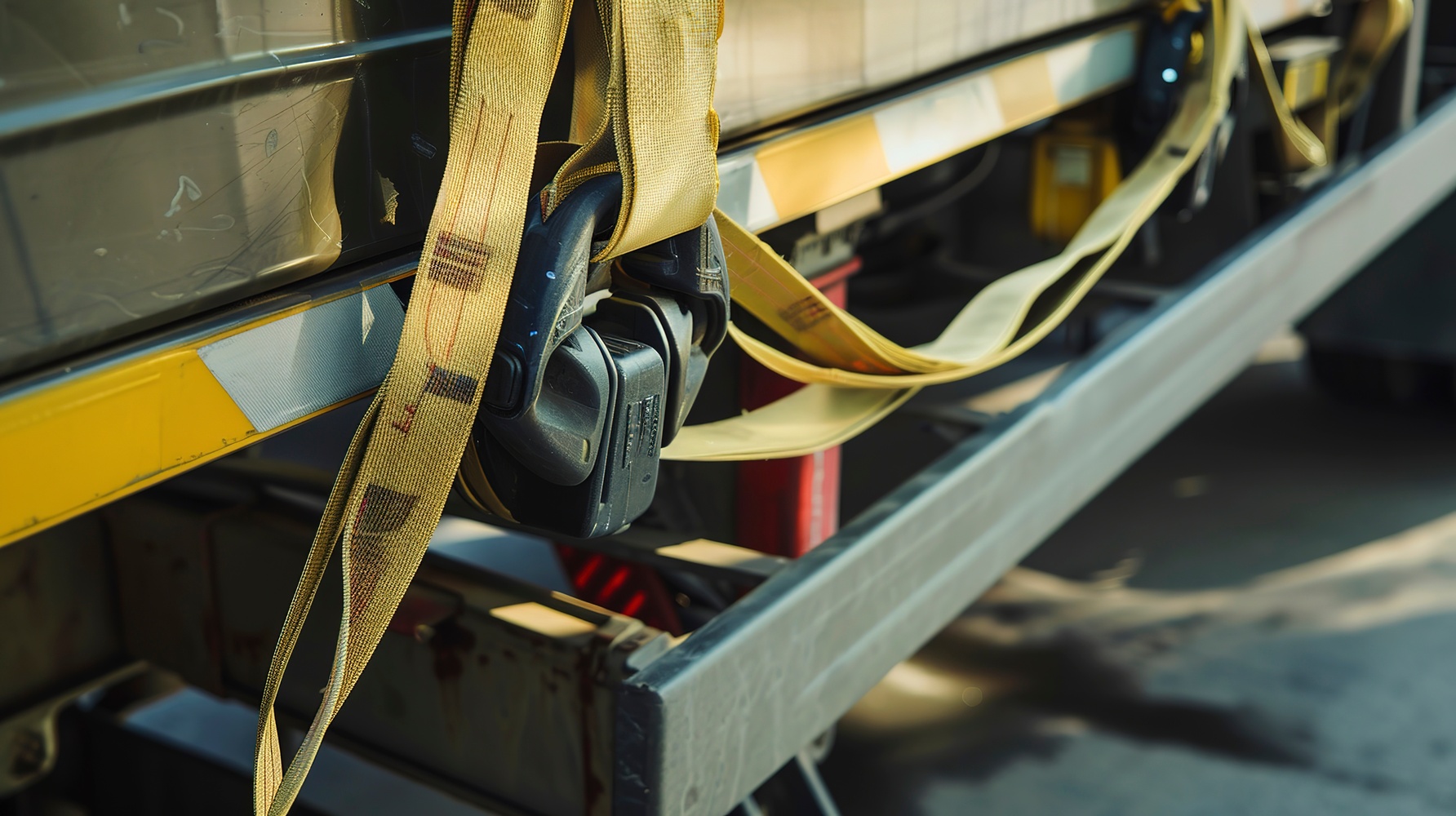When commercial operators secure cargo with tie-downs prior to transport, they are not free to do anything they wish. Both interstate and intrastate transport regulations clearly dictate how tie-downs can be used. Operators are expected to always abide by the rules. Otherwise, they could face stiff penalties.
The goal of the regulations governing tie-down use are designed to maximize safety. The last thing anyone wants is an accident resulting from cargo falling off a vehicle. Such accidents are known for being deadly and destructive.
Number of Tie-Downs Used
To get started, understand that interstate trucking is governed by federal regulations while intrastate transport is subject to state regulations. In both cases, the rules mandate the minimum number of tie-downs used. Federal rules stipulate that:
- 4 tie-downs are required for cargo weighing more than 10,000 lbs.
- 1 tie-down is required for cargo under 1,100 pounds and 5′ in length.
- 2 tie-downs are required for cargo from 5-10′ feet in length.
- Cargo over 10′ require 2 tie-downs for the first 10′ and an additional tie-down for every 10′ thereafter.
State regulations vary so I will not get into them here. Needless to say, the rules clearly stipulate a minimum number of tie-downs that must be used based on load weight and size.
WLL Regulations
Commercial tie-down applications are also subject to WLL (working load limit) regulations. A tie-down’s WLL is a measurement of the maximum load it can carry before risking catastrophic failure. Federal regulations dictate that the combined WLL of all tie-downs in a given deployment equal at least 50% of the cargo weight.
Equipment Condition Regulations
Safety dictates that all tie-downs be in proper working order and with no damage. This includes components like buckles and anchor points. Operators must inspect tie-downs prior to deployment. Any damaged equipment must be replaced.
This particular regulation can be difficult to enforce when damage and wear are hard to spot. But if an accident were to happen and it could be traced back to faulty equipment in poor condition, an operator could still face stiff penalties.
Proper Use Regulations
States and federal agencies even regulate how tie-downs are used. For example, all tie-downs must be attached and secured in such a way as to prevent any chance of loosening or coming undone. Federal regulations also stipulate:
- Edge protection in cases where straps are subject to cuts or abrasions.
- Rub rail positioning in cases where cargo is positioned within the rails.
Regulations do not necessarily force an operator to choose one type of strap over another. But for all practical purposes, commercial applications call for winch straps, ratchet straps, or chains. Cam buckle straps, like those made by Rollercam, are more appropriate for noncommercial applications.
Noncommercial Applications
Let us briefly talk about noncommercial applications to wrap all of this up. Federal agencies do not have the authority to regulate noncommercial tie-down use. Such use is governed by the states. To my knowledge, no state has created noncommercial regulations that are as detailed and specific as the commercial regs.
States mostly require only that noncommercial operators properly secure cargo before hitting the road. Police agencies have significant latitude in determining what constitutes secure transport. And of course, a driver would be liable if any loose cargo fell off a vehicle and caused an accident.
We don’t think a lot about tie-down regulations until an accident occurs. That is good. It means the regulations are doing their job for the most part. Accidents are kept to a minimum because the regulations are in place. At least that’s my take.










